Aug 10, 2019
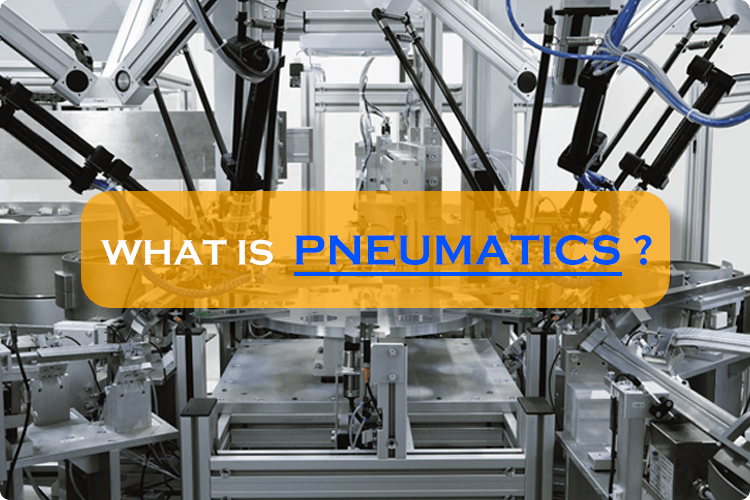
The principles of pneumatics are the same as those for hydraulics, but pneumatics transmits power using a gas instead of a liquid. Compressed air is usually used, but nitrogen or other inert gases can be used for special applications. With pneumatics, air is usually pumped into a receiver using a compressor. The receiver holds a large volume of compressed air to be used by the pneumatic system as needed. Atmospheric air contains airborne dirt, water vapor, and other contaminants, so filters and air dryers are often used in pneumatic systems to keep compressed air clean and dry, which improve reliability and service life of the components and system. Pneumatic systems also use a variety of valves for controlling direction, pressure, and speed of actuators.
Most pneumatic systems operate at pressures of about 100 psi or less. Because of the lower pressure, cylinders and other actuators must be sized larger than their hydraulic counterparts to apply an equivalent force. For example, a hydraulic cylinder with a 2 in. diameter piston (3.14 sq. in. area) and fluid pressure of 1,000 psi can push with 3140 lbs. of force. A pneumatic cylinder using 100 psi air would need a bore of almost 6½ in. (33 sq. in.) to develop the same force.
Even though pneumatic systems usually operate at much lower pressure than hydraulic systems do,pneumatics holds many advantages that make it more suitable for many applications. Because pneumatic pressures are lower, components can be made of thinner and lighter weight materials, such as aluminum and engineered plastics, whereas hydraulic components are generally made of steel and ductile or cast iron. Hydraulic systems are often considered rigid, whereas pneumatic systems usually offer some cushioning, or “give.” Pneumatic systems are generally simpler because air can be exhausted to the atmosphere, whereas hydraulic fluid usually is routed back to a fluid reservoir.
Pneumatics also holds advantages over electromechanical power transmission methods. Electric motors are often limited by heat generation. Heat generation is usually not a concern with pneumatic motorsbecause the stream of compressed air running through them carries heat from them. Furthermore, because pneumatic components require no electricity, they don’t need the bulky, heavy, and expensive explosion-proof enclosures required by electric motors. In fact, even without special enclosures, electric motors are substantially larger and heavier than pneumatic motors of equivalent power rating. Plus, if overloaded, pneumatic motors will simply stall and not use any power. Electric motors, on the other hand, can overheat and burn out if overloaded. Moreover, torque, force, and speed control with pneumatics often requires simple pressure- or flow-control valves, as opposed to more expensive and complex electrical drive controls. And as with hydraulics, pneumatic actuators can instantly reverse direction, whereas electromechanical components often rotate with high momentum, which can delay changes in direction.
Another advantage of pneumatics is that it allows using vacuum for picking up and moving objects. Vacuum can be thought of as negative pressure — by removing air (evacuating) from the volume between two parts, atmospheric pressure outside the volume pushes the parts together. For example, attempting to pick up a single sheet of paper or a raw egg presents a challenge with conventional grippers. But with a vacuum pneumatic system, evacuating a suction cup in contact with a sheet of paper or eggshell will cause atmospheric pressure to push the paper or egg against the cup, allowing it to be lifted.
You May Interest In
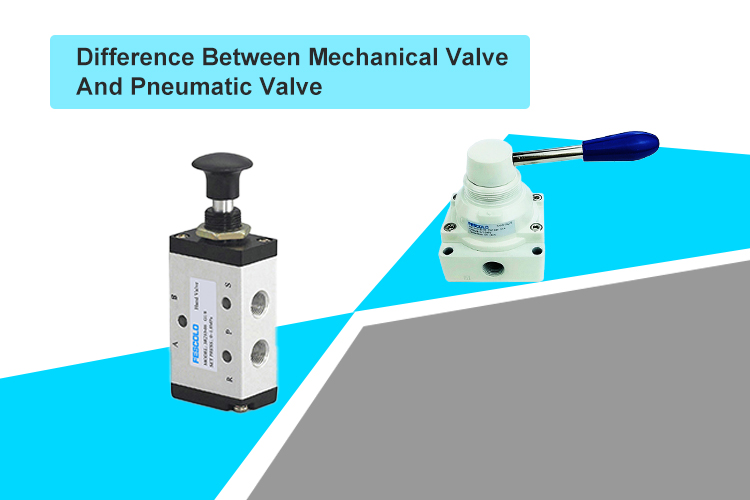
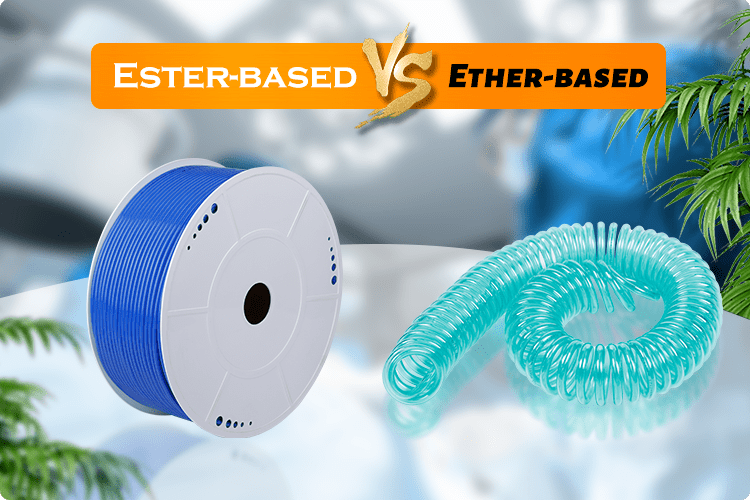
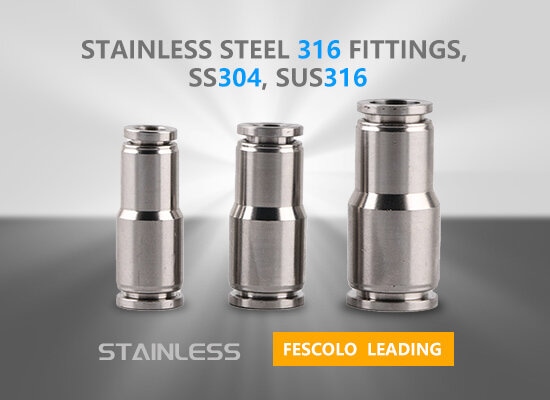
May 16, 2019 Blog
STAINLESS STEEL 316 FITTINGS, SS304, SUS316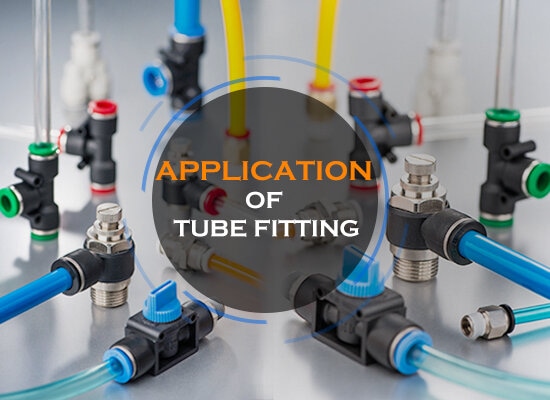
May 03, 2018 Blog
Application Of Tube Fitting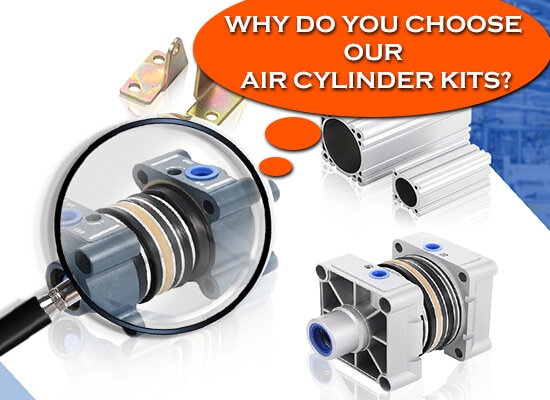
Jun 08, 2018 Blog
Why Do You Choose Our Air Cylinder kits?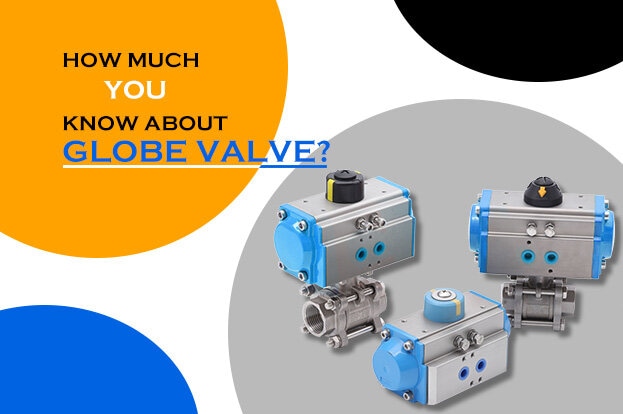
Feb 09, 2018 Blog
How much you know about globe valve?FOKCA ©2001-2024 Fescolo Pneumatic All Rights Reserved Sitemap